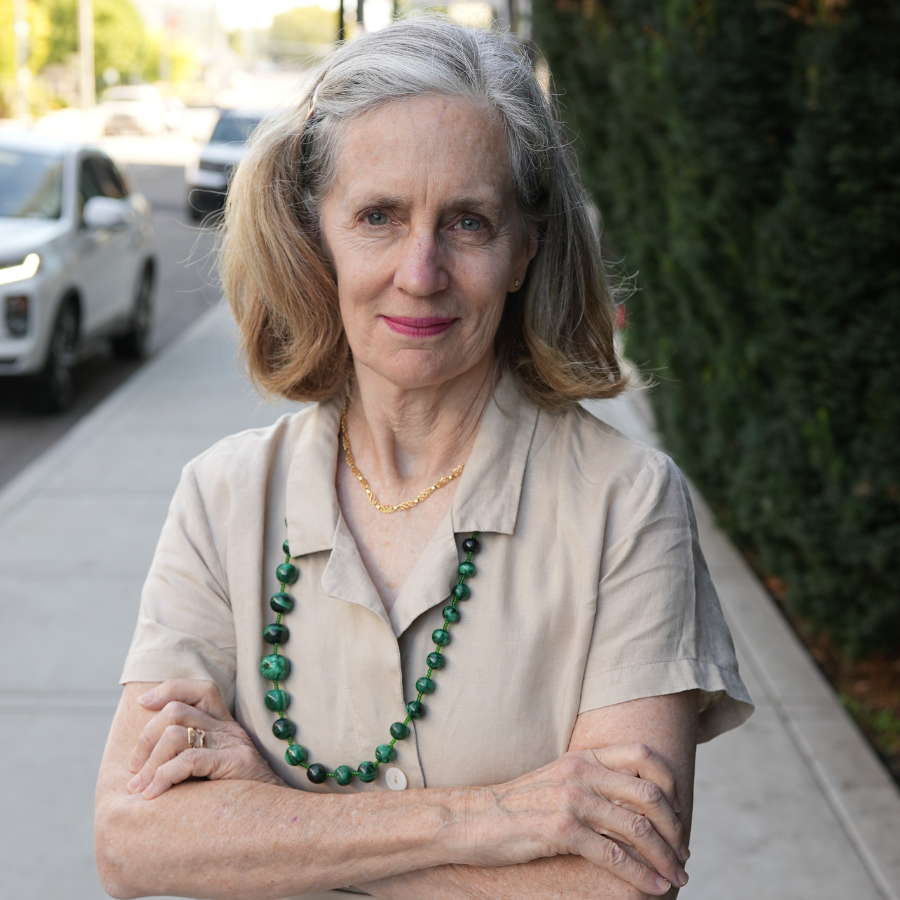Related Articles
Relevant Topics
In today’s Seattle Times education reporter Anika Anand provides a good description of what makes public charter schools different from other public schools. She lists three primary ways public charter schools operate differently:
1) Charter schools can assemble their own teaching team by deciding whom to hire and fire;
2) Charter schools are accountable to a local appointed non-profit board, rather than a central District elected board;
3) Charter schools can define their own academic goals and metrics, and are accountable to a charter school authorizer for student success.
The article notes that unions have less influence over the running of a charter school, and that union membership is voluntary for charter school teachers. (Separately, union executives have announced they intend to file a second lawsuit in their ongoing effort to close charter schools.)
I would add one item to the Times’ solid reporting on this subject. A family’s involvement in a charter school is voluntary; children are not blindly assigned based on zip code, as in traditional public schools. Parents see a charter school as one available option for their children. That is why charters are expecially popular in communities where traditional schools fail to educate children. Their popularity explains why Washington charter schools are often over-subscribed and must place families on waiting lists.
Today’s Seattle Times article provides a good on-the-ground description of how charter schools work. This article is recommended reading for anyone interested in practical ways to improve public education.
This report is part of WPC’s Charter School Follow-Up Project




